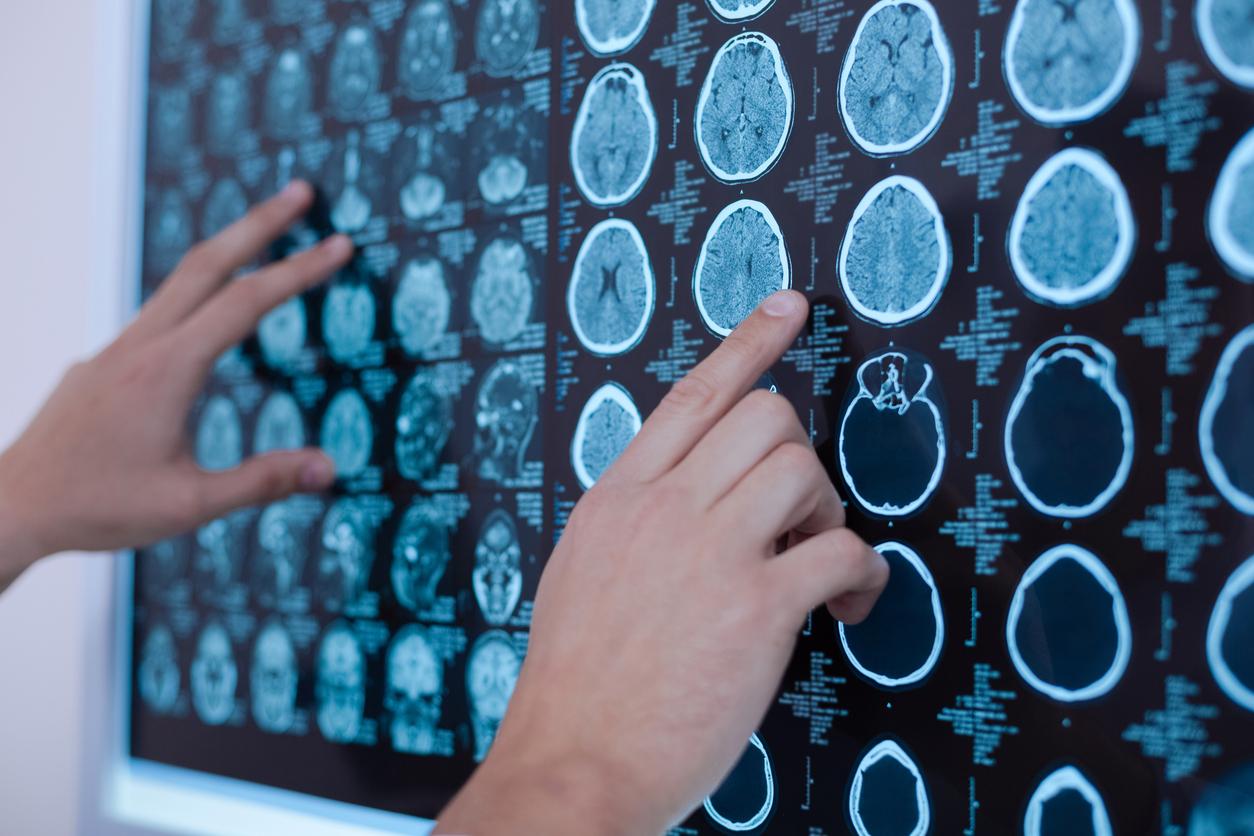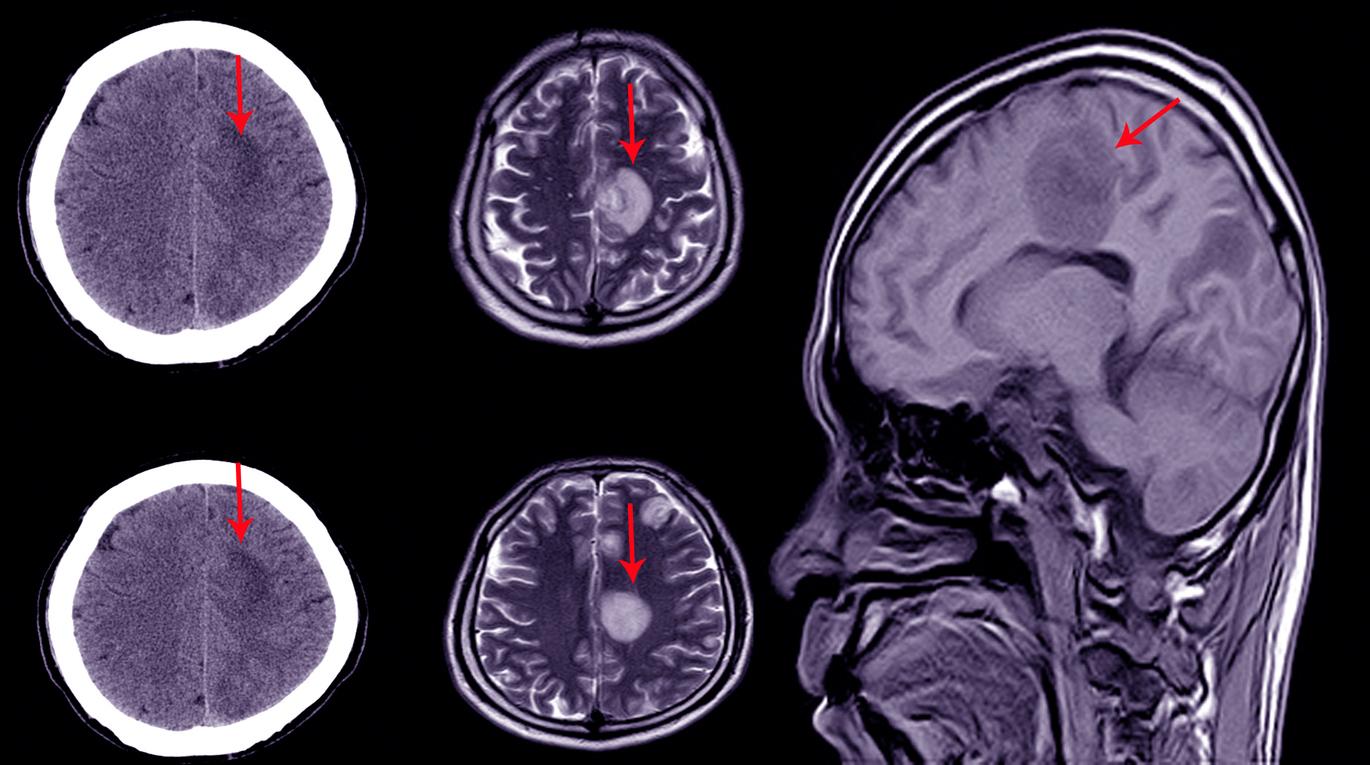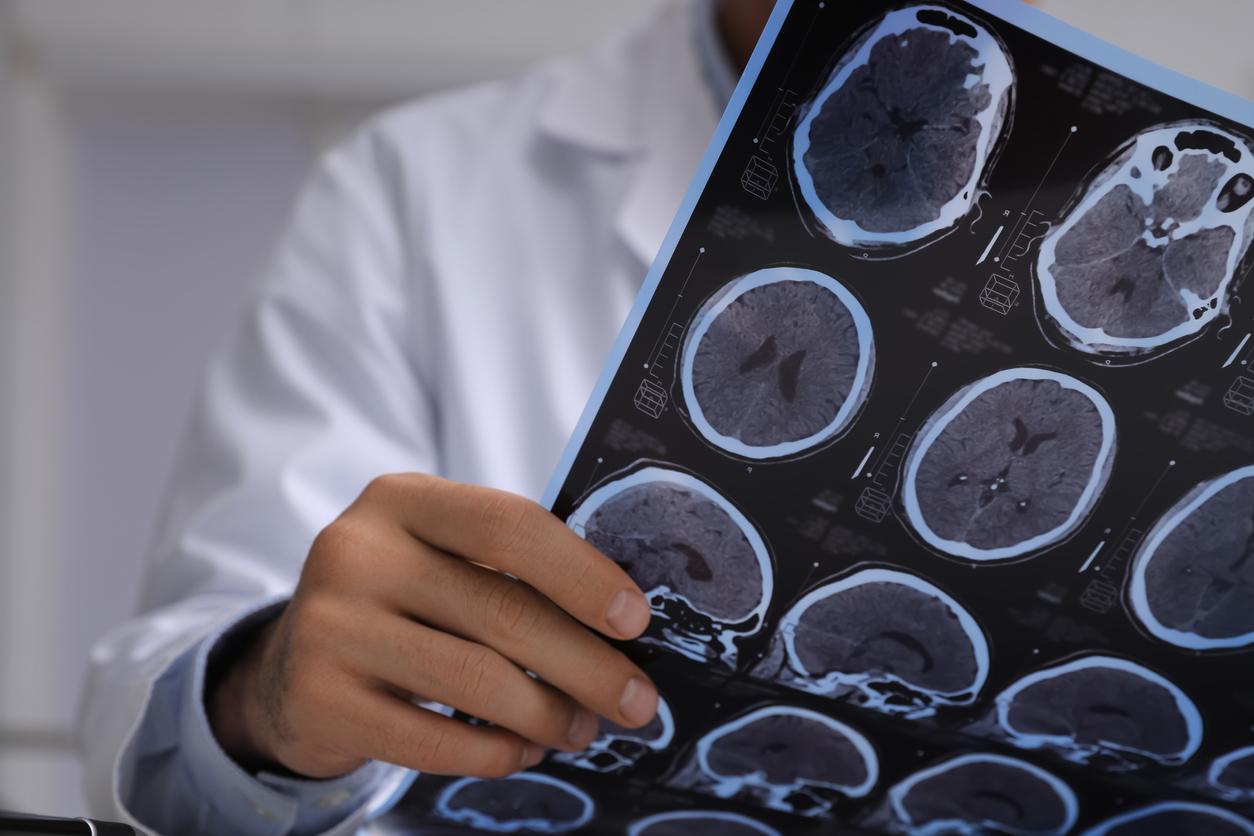Clearly, head trauma should not be taken lightly: a new study shows that having had a head injury doubles the risk of early death.

- Around 120,000 people suffer a head injury each year. 75,000 are mild head injuries.
- A head injury is caused by a blow to the head. The latter causes a brutal contact between the cranium and the cerebral tissue. More or less serious lesions in the brain can result.
- Head injuries are most often caused by falls, road accidents, sports practices or blows.
Head injuries are linked to many long-term complications: disability, stroke, dementia and epilepsy. But that’s not all. According to researchers at the University of Pennsylvania, they also double the risk of death in the years that follow.
Head trauma: a mortality rate twice as high
The American team analyzed the medical records of 13,000 people over 30 years. She found that 18.4% of participants suffered from one or more head injuries over the period studied. In 12.4% of cases, head injuries were reported as moderate or severe. The median time between head injury and death was 4.7 years.
Scientists found that the all-cause death rate in people with head injuries was 2.21 times that of individuals who never had head injuries. Participants who had experienced the most severe injuries had an even greater risk: their mortality rate was 2.87 times that of people without head trauma.
“Our data reveals that head injuries are associated with increased mortality rates, even in the long term. This is particularly the case for people with multiple or severe head injuries”explained the study’s lead author, Dr. Holly Elser, a neurology resident at the University of Pennsylvania School of Medicine. “This highlights the importance of protective measures, such as wearing a helmet and seat belt, to prevent head injuries.”
Head injury: more frequent deaths due to neurological disorders
Among the general population, the most frequent causes of death are cancers, cardiovascular diseases and neurological disorders (such as dementia, epilepsy and stroke). In people with a lifetime traumatic brain injury, death was most often due to neurological disorders and unintentional injuries (such as falls).
The team found that in patients with head trauma, nearly two-thirds of neurological causes of death were attributed to neurodegenerative diseases, such as Alzheimer’s or Parkinson’s. These conditions accounted for a greater proportion of overall deaths among those with head trauma (14.2%) compared to those without (6.6%).
“The study data does not explain why the cause of death in people with head injuries is more likely to be due to neurodegenerative diseases, underscoring the need for further research into the relationship between these disorders. , head injuries and death”concluded Dr. Andrea Schneider, professor of neurology at the University of Pennsylvania.

















